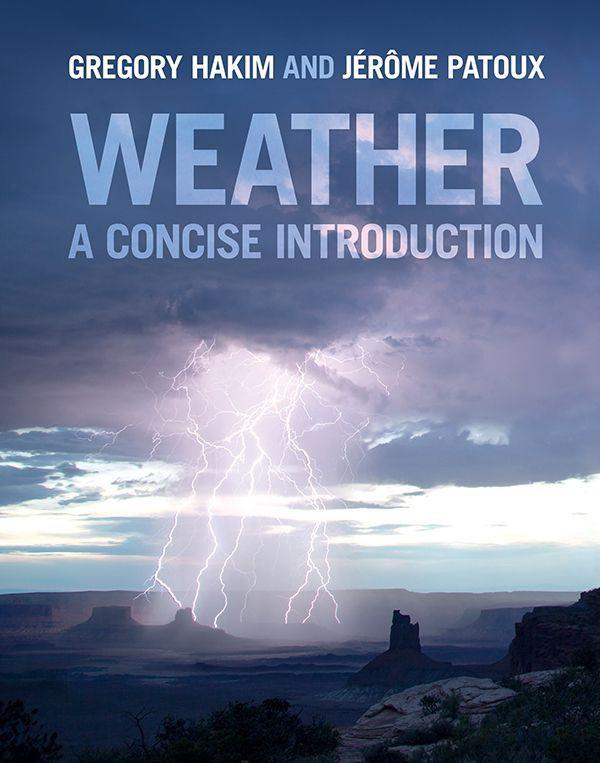Cengage Advantage Books: Building a Speech 8th Edition –Ebook PDF Version
https://ebookmass.com/product/cengage-advantage-books-building-aspeech-8th-edition-ebook-pdf-version/
ebookmass.com
Hakikat: Postmodern Ça■da Bilgelik Aray■■■ 1st Edition
John D. Caputo
https://ebookmass.com/product/hakikat-postmodern-cagda-bilgelikarayisi-1st-edition-john-d-caputo/
ebookmass.com
Essays on Biblical Historiography: From Jeroboam II to John Hyrcanus I 1st Edition Israel Finkelstein
https://ebookmass.com/product/essays-on-biblical-historiography-fromjeroboam-ii-to-john-hyrcanus-i-1st-edition-israel-finkelstein/
ebookmass.com
A Promise: A Sweeping Story of Friendship in WWII Amelia Martin
https://ebookmass.com/product/a-promise-a-sweeping-story-offriendship-in-wwii-amelia-martin/
ebookmass.com
Antimony, Gold, and Jupiter's Wolf - How the Elements Were Named Wothers Peter
https://ebookmass.com/product/antimony-gold-and-jupiters-wolf-how-theelements-were-named-wothers-peter/
ebookmass.com





Counseling: Foundations, Perspectives, and Applications 3rd Edition, (Ebook PDF)
https://ebookmass.com/product/career-counseling-foundationsperspectives-and-applications-3rd-edition-ebook-pdf/
ebookmass.com


1.5 Weather Stations
Summary
CHAPTER 2 Spatial Representations of Weather Data
2.1 The Station Model
2.2 Surface Maps
2.2.1 Isotherms and Temperature Maps
2.2.2 Temperature Fronts
2.2.3 Isobars and Pressure Maps
2.2.4 Highs, Lows, Ridges, and Troughs
2.3 Upper-Level Maps
2.4 Radar
2.5 Satellites
2.5.1 Visible Satellite Images
2.5.2 Infrared Satellite Images
2.5.3 Water Vapor Images
2.5.4 Geostationary Satellites
2.5.5 Polar-Orbiting Satellites
Summary
Appendix 2.1 Important Satellite Cloud Signatures
Appendix 2.2 Contiguous USA Reference Map
CHAPTER 3 Our Atmosphere: Origin, Composition, and Structure
Summary
CHAPTER 6 Cloud Formation
6.1 Adiabatic Processes
6.2 Adiabatic Processes in the Atmosphere
6.3 Dry Adiabatic Lapse Rate
6.4 Relative Humidity
6.5 Moist Adiabatic Lapse Rate
6.6 Orographic Lifting
6.7 Lifting by Convergence
6.8 Frontal Lifting
6.9 Convection
6.9.1 Stable Air
6.9.2 Unstable Air and Thermals
6.9.3 Stable vs. Unstable
6.9.4 Fair-Weather Cumulus Clouds
6.9.5 Conditional Instability and Cumulonimbus
Summary
Appendix 6.1 A Cloud Family Album
CHAPTER 7 Precipitation
7.1 Warm vs. Cold Clouds
7.2 Collision and Coalescence
7.3 Ice-Crystal Growth
7.4 Precipitation Types
Summary
Appendix 7.1 Some Optical Phenomena
CHAPTER 8 Wind
8.1 Force and Acceleration
8.2 Pressure Gradient Force
8.3 Sea Breeze and Land Breeze
8.4 Coriolis Force
8.5 Geostrophic Wind
8.6 Gradient Wind
8.7 Surface Winds
8.8 Friction
8.9 Topography
8.9.1 Mountain Breeze and Valley Breeze
8.9.2 Katabatic Winds
Summary
CHAPTER 9 Global Wind Systems
9.1 The Averaged Atmosphere
9.1.1 Surface Temperature
9.1.2 Upper-Level Heights
9.1.3 Surface Pressure
9.1.4 Precipitation
9.2 The Single-Cell Model
9.3 The Three-Cell Model
9.4 Some Large-Scale Circulations
9.4.1 West Coast vs. East Coast
9.4.2 Antarctica
9.4.3 The Sahel
9.4.4 The Indian Monsoon
9.4.5 El Niño Summary
CHAPTER 10 Air Masses, Fronts, and Midlatitude Cyclones
10.1 Air Masses
10.2 Fronts
10.2.1 Stationary Fronts
10.2.2 Cold Fronts
10.2.3 Warm Fronts
10.2.4 Occluded Fronts
10.2.5 Large-Scale Influences on Cyclone Structure, and the Tbone Model
10.3 Midlatitude Cyclone Development
10.3.1 The Life Cycle of a Midlatitude Cyclone
10.3.2 Vertical Structure of Cyclones
10.3.3 The February 2014 Cyclone
10.3.4 Where do Cyclones Form?
Summary
Appendix 10.1 Southern Hemisphere Midlatitude Cyclones
Appendix 10.2 The Bergen School of Meteorology
CHAPTER 11 Thunderstorms and Tornadoes
11.1 Ordinary Thunderstorm
11.2 Severe Thunderstorm
11.3 Lightning and Thunder
11.4 Supercells
11.5 Tornadoes
11.5.1 Description
11.5.2 Tornado Development
11.5.3 Tornado Alley
Summary
Summary
Glossary
References
Credits
Index
Preface
Having taught introductory classes on weather many times, we came to see the need for a textbook on the subject that covers the foundations of meteorology in a concise, clear, and engaging manner. We set out to create an informative, cost-effective text that meets the needs of students who may not have any background in mathematics and science. The result – Weather: A Concise Introduction – is an introductory meteorology textbook designed from scratch to provide students with a strong foundation in the physical, dynamical, and chemical processes taking place in the atmosphere.
This textbook is unique in that it:
► provides a concise and practical approach to understanding the atmosphere;
► introduces the basic physical laws early on and then ties them together with a single case study spanning the book;
► presents weather analysis tools early in the book to allow instructors to engage in discussions of current weather in tandem with the basic concepts, thus attracting and retaining student interest; and
► facilitates students’ learning and understanding of the fundamental aspects of weather analysis and forecasting, as well as practical skills, through a careful description of the forecasting process. Modern methods, such as ensemble forecasting, are central to the approach.
